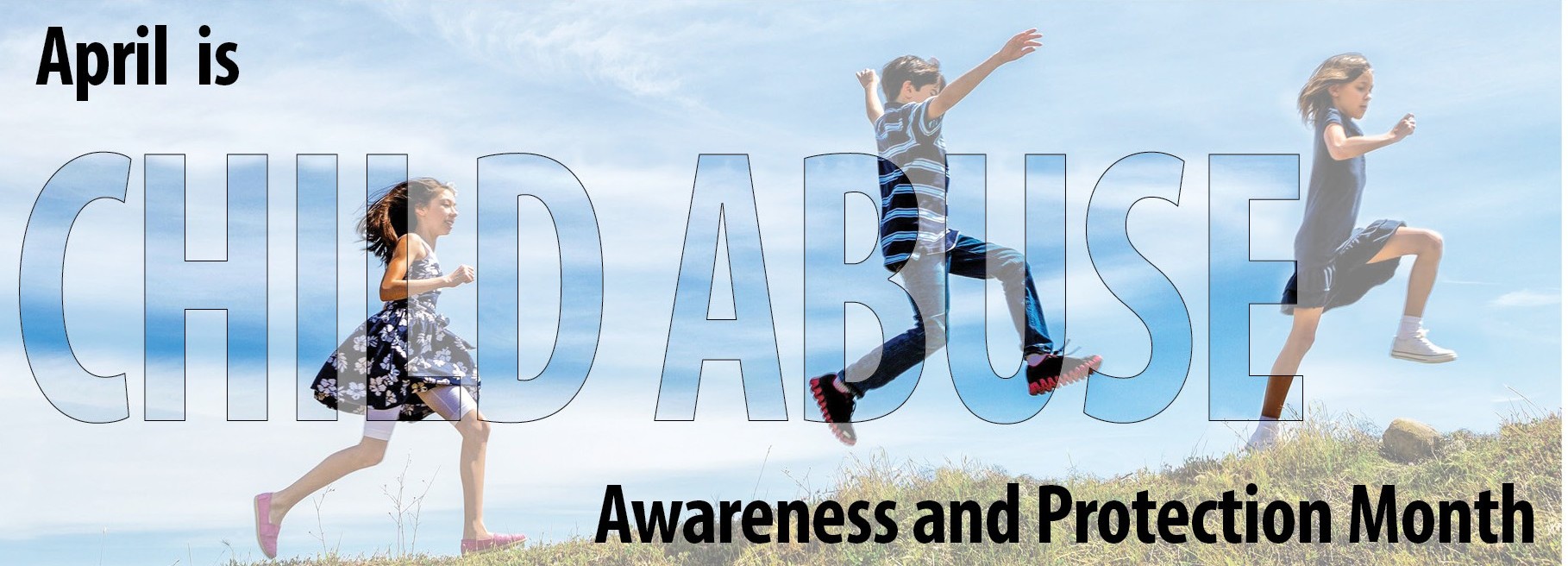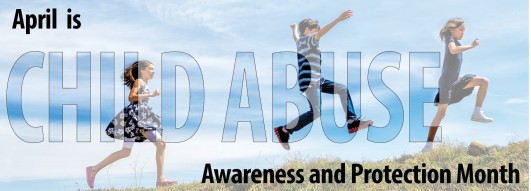March 28, 2017 // Special
April is National Child Abuse Awareness month
“We pledge most solemnly to one another and to you, God’s people; that we will work to our utmost for the protection of children and youth. We pledge that we will devote to this goal the resources and personnel necessary to accomplish it.” — Charter for the Protection of Children and Young People: Statement of Episcopal Commitment, USCCB, June 2002
April is recognized as National Child Abuse Awareness month. Over the next several issues, Today’s Catholic will publish suggestions about how to keep your child from being a victim of abuse, and take a closer look at how the Diocese of Fort Wayne-South Bend implements the tenets of child protection in our parishes, schools and Catholic organizations.
Here at Today’s Catholic we recognize that the topic of child abuse is a sensitive one, and that even printing stories about it might evoke some emotional responses. Some might even prefer for us to remain silent on the issue, simply because it’s uncomfortable to talk about abuse that happens to children. However, when it comes to cases of abuse of children, silence is not an option. We believe that these stories need to be handled with respect for the dignity of each person, but even more, they need to be told.
We encourage you to take the time to read through our special features over the next few issues. Share what you learn with your family and loved ones and help them become empowered to help build an environment of safety within our parishes, schools and organizations. Beyond that, join us in prayer for the victims of abuse and for our church that we continue to promise to protect our youth.
Know the drill
As a society and as parents, we have clear ideas about how to protect our children from some dangers. We take measures to make our households, schools and communities physically safe. We know that children learn through repetition and we want our children to be prepared in the face of danger, so we educate our children on things like fire safety. We make a fire escape plan, and we practice fire drills. We make sure our children know how to call for help. We can address the dangers of child abuse in much the same way.
Creating safe environments
There are many strategies we employ to make our homes, schools and communities, fire safe. We inspect for hazardous conditions and equip facilities with smoke detectors, fire extinguishers, sprinklers and alarms. In our homes, schools and churches we can make similar efforts to prevent abuse. The vast pool of parents, staff and volunteers within our diocese who have been trained in safe environment principles serve as our inspectors, detectors and extinguishers with regard to abuse. As a group, they have participated in a screening process that makes it less likely that potentially abusive adults will view our schools and churches as an easy way to access children. They work together to scrutinize the settings where they serve children to reduce the risk of abuse. They monitor their own interactions with children and the interactions of other adults to detect warning signs, and are trained in how to seek help if a child needs to be rescued. We can do much for abuse prevention efforts and child safety by supporting those individuals in their efforts to create a safe environment for the Catholic children they serve. We can further promote the safety of all God’s children by communicating the expectation that all organizations who serve children take similar actions.
Education
Most safety efforts depend on education and awareness. We need to know the signs of danger if we are to have any hope of escaping or avoiding it. We learn early in life “where there is smoke there is fire.” Signs of abuse are not always so easy to identify. In our schools and parishes, we strive to model right relationships for our children. We educate them about right relationships and help them identify signs that a relationship isn’t right. Just as in the case of fire, we don’t place the burden of preventing abuse on the shoulders of our children, and we don’t expect them to put out the flames; but we do want them to know the warning signs so they know when to call for help. For more information on the qualities of right relationships and warning signs of abuse contact your parish, school or diocesan child protection office.
Safety plans
Few of us would hesitate to educate the children in our lives about the danger of fire and how to escape. Child abuse is a more difficult subject to address. Abuse is an interpersonal danger. We wish our children could be shielded from the awareness that such evil exists. We want our children to love and trust others and we don’t want them to be fearful or anxious. But just as with fire, we risk our children being hurt if we don’t provide them a plan for safety. Fortunately, identifying a safety plan is one very effective strategy for reducing anxiety. Children take great comfort in knowing that there is a plan and the mere act of formulating a plan increases the likelihood that they will know what to do to be safe in the face of danger.
Take some time to help the children in your life identify a plan for safety in risky situations. Make use of general safety principles like “safety in numbers,” “when in doubt, check it out (with parents or a trusted adult),” and “BOLT — Be aware of danger signs, object to hurtful actions and inappropriate requests, leave dangerous situations, tell a parent or trusted adult.”
Drills
Children learn through repetition, and we all know “practice makes perfect.” As you enter new situations with a child, rehearse safety plans. Make sure they “know the drill.” Whenever possible, point out concrete aspects of each safety plan within the environment (for example; “There’s a police officer, they’d be a good person to go to for help;” “That’s a very tall flag pole – that would be a good place for us to meet if we get separated;” “That looked like a dangerous situation, let me know if something like that ever happens to you.”)
As you continue through the month of April, focusing your thoughts and prayers on the problem of child abuse, consider how you may be part of the solution. Learn more about creating safe environments for children, model right relationships, increase your awareness of warning signs, and formulate a plan for how you would respond if you encountered a child at risk. To promote the safety of all God’s children we must all “know the drill.”
Abuse is never the fault of the victim. It is always the responsibility of the offender. The reality is that most victims of abuse know their abuser. One in four females and one in six males report being abused as a minor.
If you or someone you know is a victim of abuse there are things you can do, even if the abuse happened years ago. Call the police to report the abuse. If the abuser was in a position of authority in an organization, report the abuse to that organization. Call an abuse crisis hotline.
If it happened in a Catholic church or school, contact the victim assistance coordinator for the diocese.
Content provided by Stephanie A. Patka, director of communications for the Diocese of Fort Wayne-South Bend, and Elizabeth A. Heidt Kozisek, Safe Environment coordinator for the Diocese of Grand Island, Neb.
The best news. Delivered to your inbox.
Subscribe to our mailing list today.







